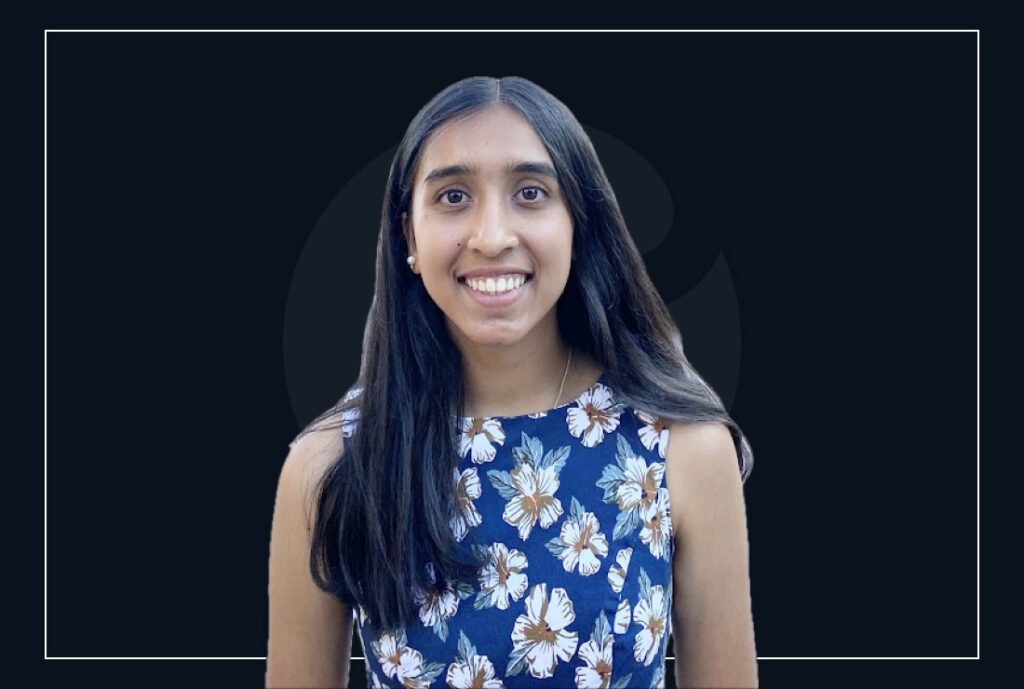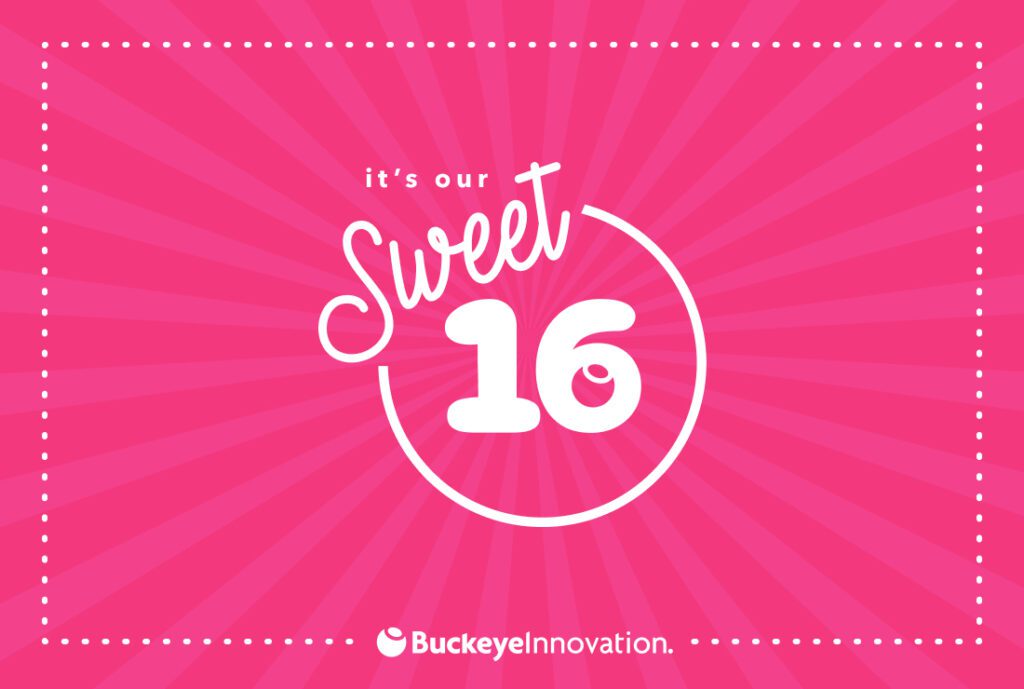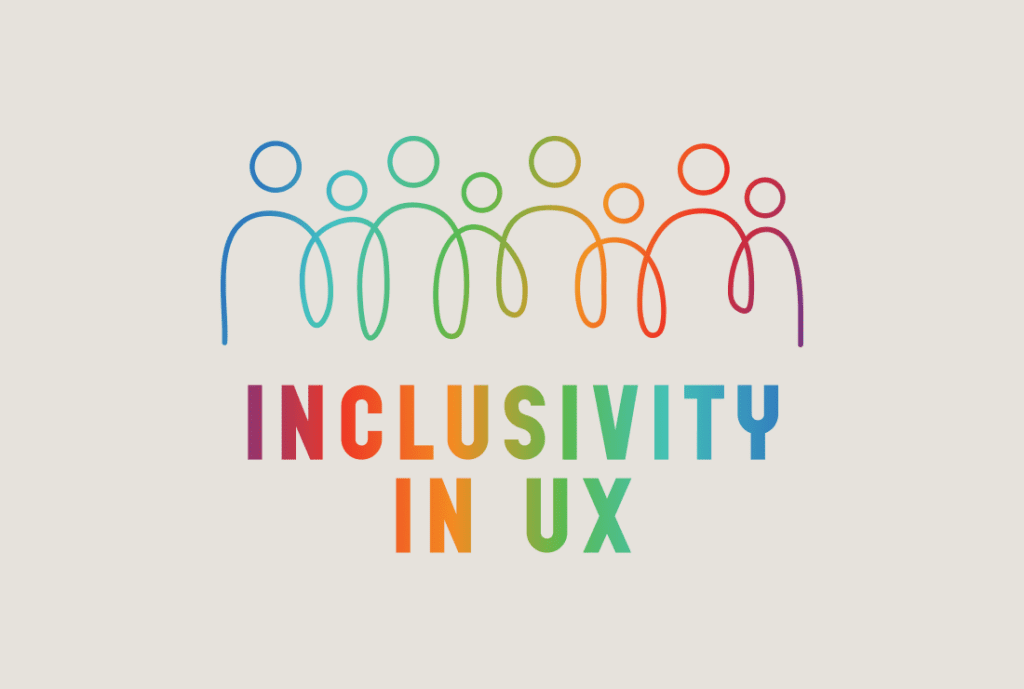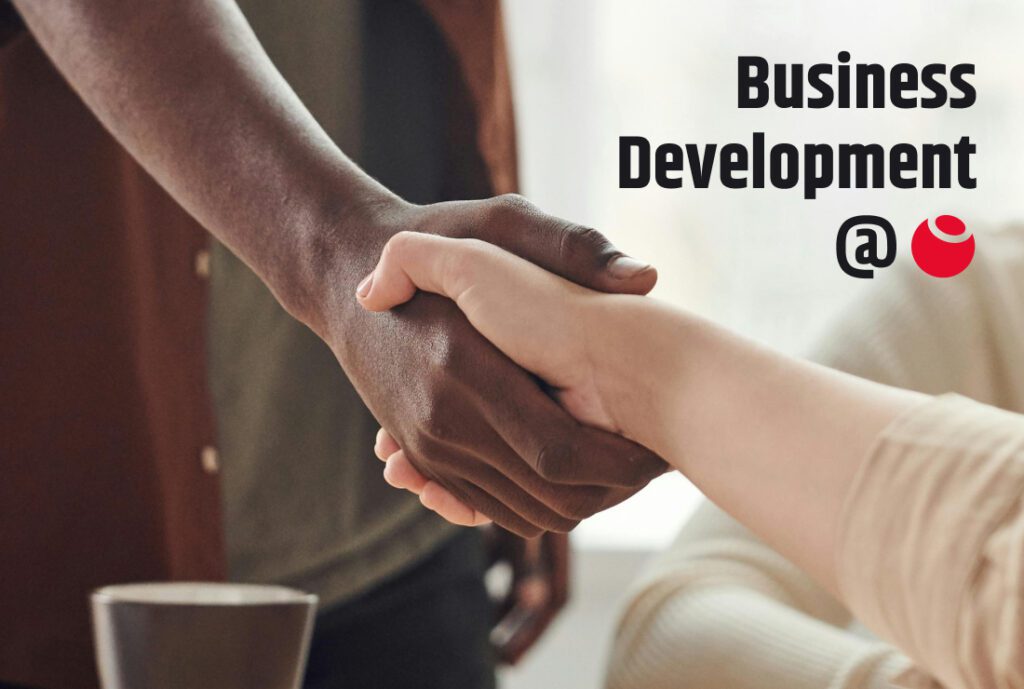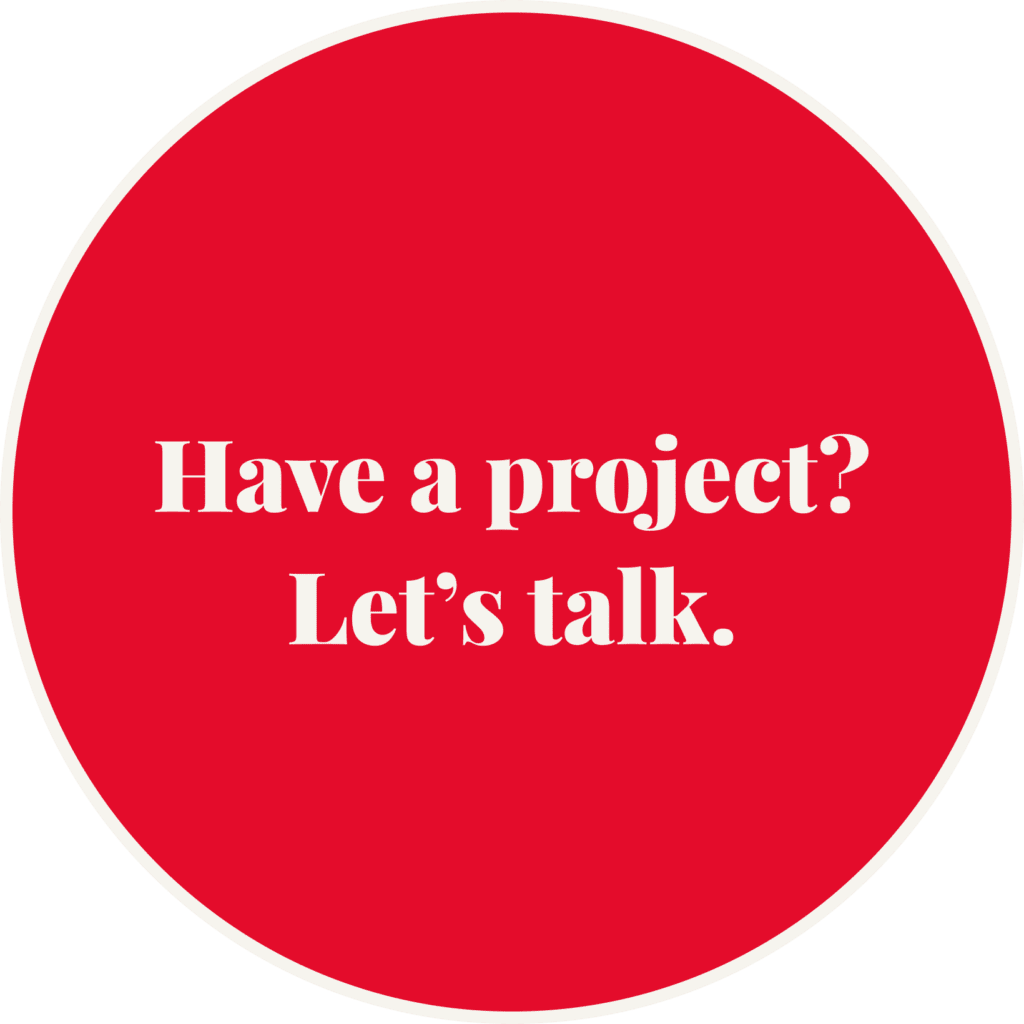Who knew there was so much that goes on behind the scenes of a website redesign? After content strategy does their thing, they hand it over to the design team. And that’s where things really start to take shape. We sat down with Senior Visual Designer Tony Todoroff and Senior UX Designer Rachel Scott to get a feel for what happens during the design portion of a redesign.
When looking at a website redesign, where do you start?
Rachel S.
I start by asking the stakeholders what their pain points are with the site and what their goals are. Also, if they can provide any user feedback of what’s working and not working, that is extremely helpful. I like to meet with the client and discuss what their needs and goals are for the project.
Tony
We also like to start by doing some initial research about the client, project, and industry.
How do you assess current design vs. ideal design?
Rachel S.
I look at the sitemap and navigation. As I’m looking, I’ll ask myself some questions. Is it clear and intuitive? Are all the top pages/most important info represented on the homepage? Does it meet accessibility standards? Is the look outdated or clunky? Is there an overload of information? Can some of the text be turned into visuals or at least have some visual aid?
Tony
Also, is the layout user friendly? Is there a clear visual hierarchy of information (headings, paragraph copy, spacing)? Is the site mobile friendly/responsive? Can vital information be found easily? How is page load time? Are the visuals (UI) consistent? Does the design look relevant to today’s standards? What are competitors doing, and what are other companies in the same space doing?
What does your design process look like? And what’s your favorite part?
Rachel S.
For my process, I’ll conduct stakeholder interviews and, ideally, get user feedback to see what the pain points are. I’ll do a competitor analysis, if applicable, to see what’s working and not working in the space. From there, I’ll design mockups based on the above information, and then present prototyped mockups to stakeholders. After that, it’s iterating on the mockups based on stakeholder/user feedback.
My favorite part is designing the mockups.
Tony
I’ll start by doing more in-depth research on the client, their competitors, and the industry space. I’ll talk internally to our content strategy and UX people to ensure we are all on the same page. From there, I’ll establish what I’m trying to achieve with the new design and how I plan to achieve it. I’ll create a mood board that shows the direction I plan on going with color palette, typography, iconography, imagery and website element inspiration. When applicable, I’ll create wireframes.
Once approval is given from the client regarding design direction, I’ll design a series of mock-ups (number depends on client, project complexity, and other factors). After that, I’ll iterate on mock-ups once the client has seen them and has provided feedback. Finally, I’ll perform a design review after the site is finished to ensure the visuals look as they should after the development process.
My favorite part is putting together a brand identity for clients who don’t have one already established. Creating mock-ups of the new design is also one of my favorite parts of the process because it’s the most fun and creative part of the design journey for me.
After mockups, what else does the design team do throughout the remainder of the website redesign project?
Rachel S.
Continued iteration based on changing stakeholder needs.
Tony
We stay in regular contact with content and dev teams, as well as the client, to ensure the project is moving along without any hiccups. We also maintain clear communication with the client to get their feedback throughout the project.
Once a project is completed, then what? Is there opportunity for design to continue to be involved in support?
Tony
Absolutely. Beyond the website redesign, we look for other opportunities to provide value to the client and their company/organization. We’ll look at things like: How is their branding? Do they have other sites that could use a new look? Do they need brand guidelines created or infographics? Is there something the client hasn’t mentioned but could clearly use a visual upgrade?
Questions like these are very useful for providing as much benefit to the client as possible.
We’ll also provide actionable items periodically to build the partnership and build the long-term relationship. We check in on analytics regularly to understand how the website is doing and see areas where design can provide value. We also keep track of when clients have refreshes or redesigns completed, and remind them when it’s time for an update (general best practice is every 2-3 years for a redesign). We’ll also perform audits (design audit, UX audit, accessibility audit).
Anything else you want to add about design?
Rachel S.
Keeping up with the latest design trends and technology is important, not only as an opportunity to offer clients new and relevant upgrades to their website, but also staying true to our mission of innovation.


